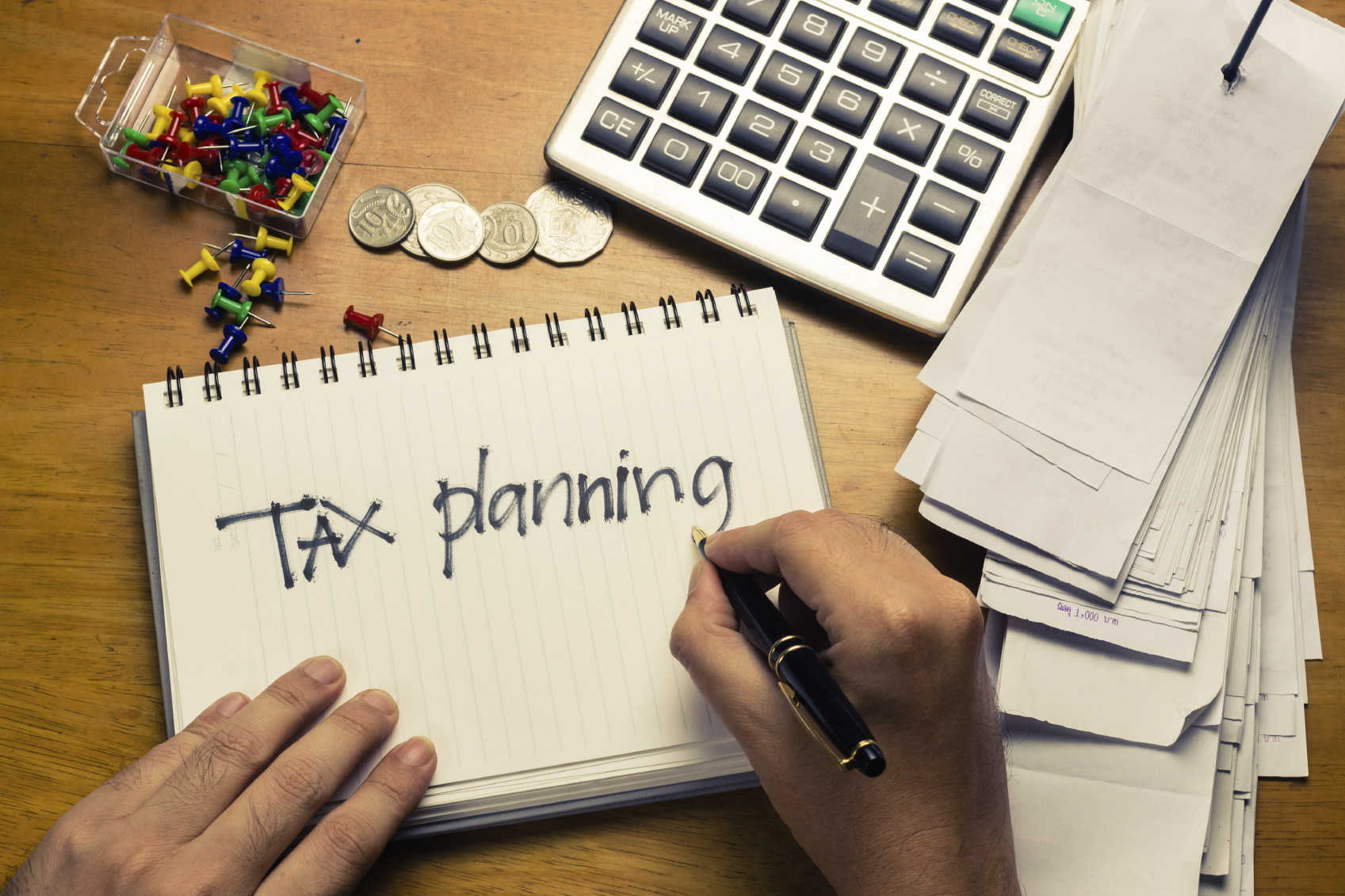Proposed Changes to Taxation of Superannuation
In a joint media release on 28 February 2023, the Treasurer and Assistant Treasurer announced changes to the taxation of superannuation. We have outlined below the information released by the Government. Please note, draft legislation has not yet been released for consultation. These proposed measures are not final until the legislation has been enacted.
Who is impacted?
The proposed measures will commence on 1 July 2025 and will impact on individuals who have a total superannuation balance in excess of $3 million.
What are the changes?
Where your total superannuation balance exceeds $3 million, there will be an additional 15% tax on the earnings on the balance over this $3 million threshold. Given the existing 15% tax an accumulation balances, an additional 15% tax will mean that earnings on the balance over $3 million will be taxed at an effective rate of 30%.
How is it calculated?
The 15% additional tax is imposed on the earnings on the balance over $3 million. The earnings will be calculated as follows:
Earnings = Closing super balance – Opening super balance + Withdrawals – Net contributions
These earnings are then apportioned to the balance over $3 million as follows:
Proportion of Earnings = (Closing super balance – $3 million) / Closing super balance
The 15% tax liability is then imposed on the proportion of earnings on the account balance over $3 million:
Tax liability = 15% x Earnings x Proportion of earnings
Example calculation
Let’s assume that your opening total super balance was $4 million and your closing total super balance was $4.5 million and that you had no contribution and no withdrawals through the year. The calculation of your additional tax liability is as follows:
Earnings = $4.5 million – $4 million = $500,000
Proportion of earnings = ($4.5 million – $3 million) / $4.5 million = 33%
Tax liability = 15% tax rate x $500,000 earnings x 33% = $24,750
This calculation determines that your super balance has total earnings of $500,000 for the financial year. Two-thirds of these earnings relate to your balance below $3 million and one-third of the earnings relate to your balance above $3 million. Tax is then imposed on the profit which has been earned on your balance over $3 million.
Who pays the tax?
The additional 15% tax will be imposed on the individual member and the member can elect that an amount be released from super to pay for the liability. The member will receive a notice from the ATO to pay the additional tax (similar to the current Division 293 notices).
When does it come into effect?
The total superannuation balance will first be tested on 30 June 2026 and the first notice of tax liability will be issued to individuals in the 2026-27 financial year.
Things to consider
At the moment, it is reported that these changes will impact less than 80,000 people. However, there is currently no provision for the $3 million cap to be indexed which means that with inflation, over time more people will be impacted by the changes.
The way in which “earnings” has been calculated means that tax will be imposed on unrealised gains (eg. if you hold real property in your fund and it increases in value, you will pay tax on this increase even though you haven’t sold the property). This is a significant change as previously tax has only been imposed on realised gains. This may present problems for funds that do not have sufficiently liquid assets to be able to fund the additional tax liability for members.
Will this impact on me?
If you currently have a total superannuation balance in excess of $3 million (and it is anticipated to remain at this amount or higher), you will be impacted by these changes.
If you do not currently have a superannuation balance in excess of $3 million, you should still consider the assets in your fund and whether it is possible that your account balance to increase above the $3 million threshold by 30 June 2026.
Further, you may also be considering making additonal contributions into super over the next few years which will impact on your total super balance. For example, if you are thinking about selling your business in the next few years, you may be considering taking advantage of CGT concessions that enable you to roll some of your capital gain into super. This may result in your balance going over the $3 million threshold. These proposed changes should be considered when you are deciding whether to contribute additional funds into super.
What should I do?
As noted above, at the moment, draft legislation hasn’t been released. We always advise clients to act cautiously where legislation has not yet been enacted.
However, it is also prudent for you to review your current balance and your proposed future investment into super to consider whether your balance may exceed the $3 million threshold and what impact this will have. Even if you consider that your balance does (or may in the future) exceed the threshold, it may still be more tax advantageous for you to have the money in super.
We recommend that you speak to your financial advisors with regards to your superannuation strategy and whether this needs to be adjusted in light of the proposed changes.
We are happy to discuss these changes with you. We note, however, that we cannot provide you with advice regarding whether it is appropriate for you to contribute or withdraw money from superannuation – this advice needs to be provided by your financial planner. We can, however, work with you and your financial planner to calculate your tax liability based on your superannuation balance.
DISCLAIMER: The information in this article is general in nature and is not a substitute for professional advice. Accordingly, neither TJN Accountants nor any member or employee of TJN Accountants accepts any responsibility for any loss, however caused, as a result of reliance on this general information. We recommend that our formal advice be sought before acting in any of the areas. The article is issued as a helpful guide to clients and for their private information. Therefore it should be regarded as confidential and not be made available to any person without our consent.

Jeanette has over 20 years experience as an accountant in public practice. She is a Chartered Accountant, registered tax agent and accredited SMSF Association advisor. When she is not helping business owners grow their empires, you will likely find her out running on the trails or at the gym. Book in to see Jeanette today.



